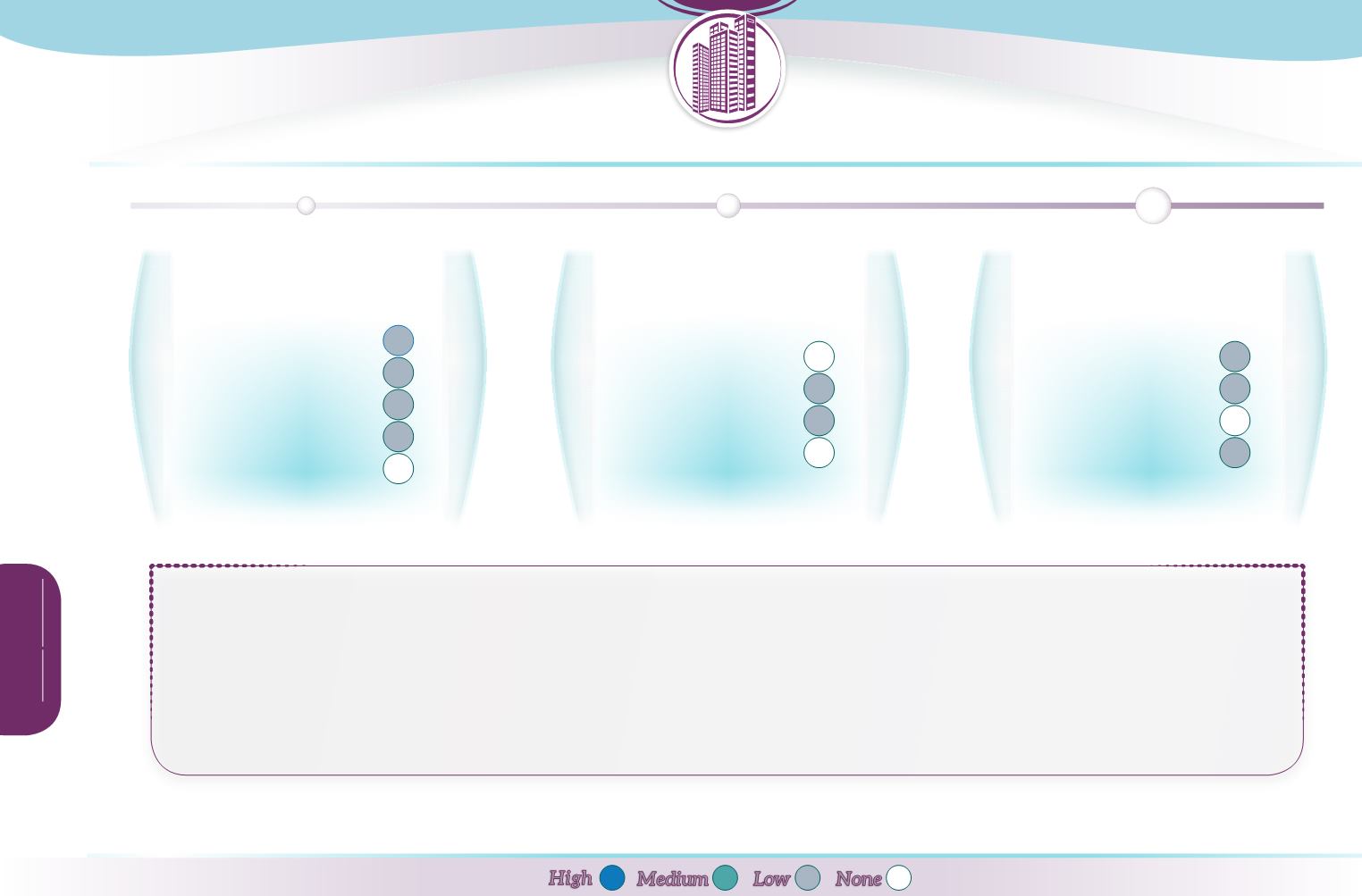
E
cosystem
servicesdelivered
Provisioning
Regulation & maintenance
Cultural
Abiotic
C
ontribution
topolicyobjectives
Water Framework Directive
Floods Directive
Birds & Habitats Directive
2020 Biodiversity Strategy
P
otential
biophysicaleffects
Runoff
Reducing pollution
Soil conservation
Habitat
Climate Change
High
Low
Medium
None
Channels and rills provide a small amount of storage, and help to control the
rate of runoff
.When used as an integral part of a sustainable drainage system, they contribute
to good management of surface water and hence help to reduce the risk of
urban flooding
.
Channels and rills can contribute to reducing urban
diffuse pollution
through reducing total runoff and encouraging deposition of sediments and pollutants, thus providing
water quality improvements. Through reducing the transport of
sediment
further downstream, they also reduce the treatment requirements of downstream SuDS. However, in
isolation their effect on water quality of receiving waters is likely to be negligible.
In some cases, channels and rills may include planting, which creates a limited amount of new aquatic
habitat
. Channels and rills provide a limited contribution towards improved
green infrastructure and protection of ecosystems.
In some cases, channels and rills can be attractively designed, thereby providing
aesthetic
value.


